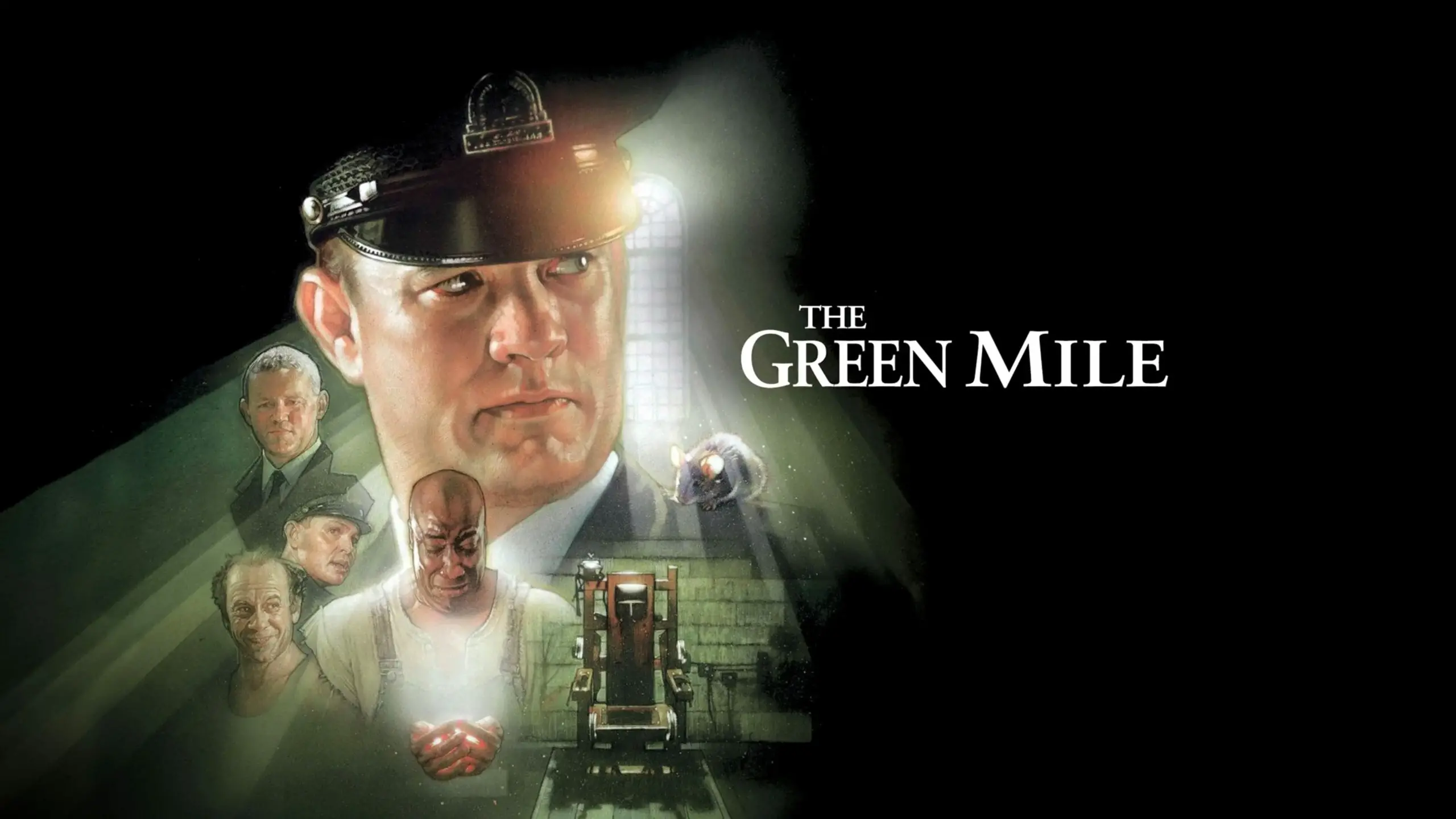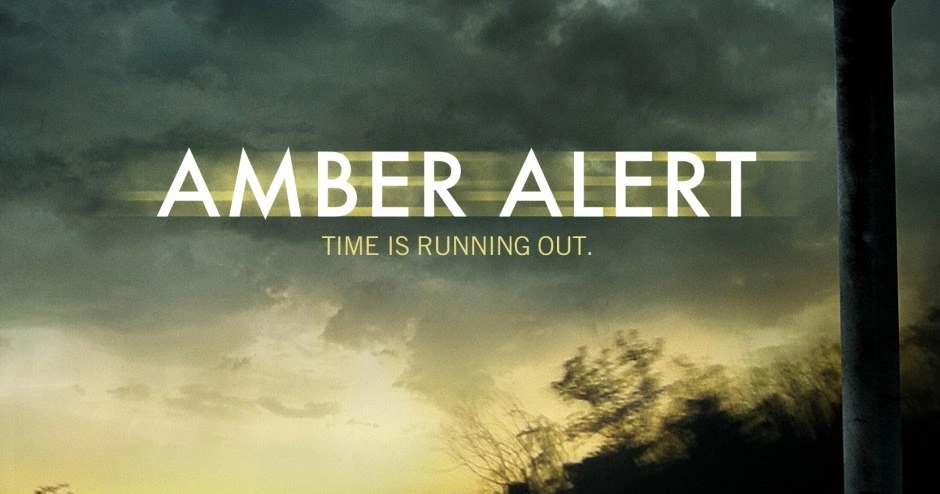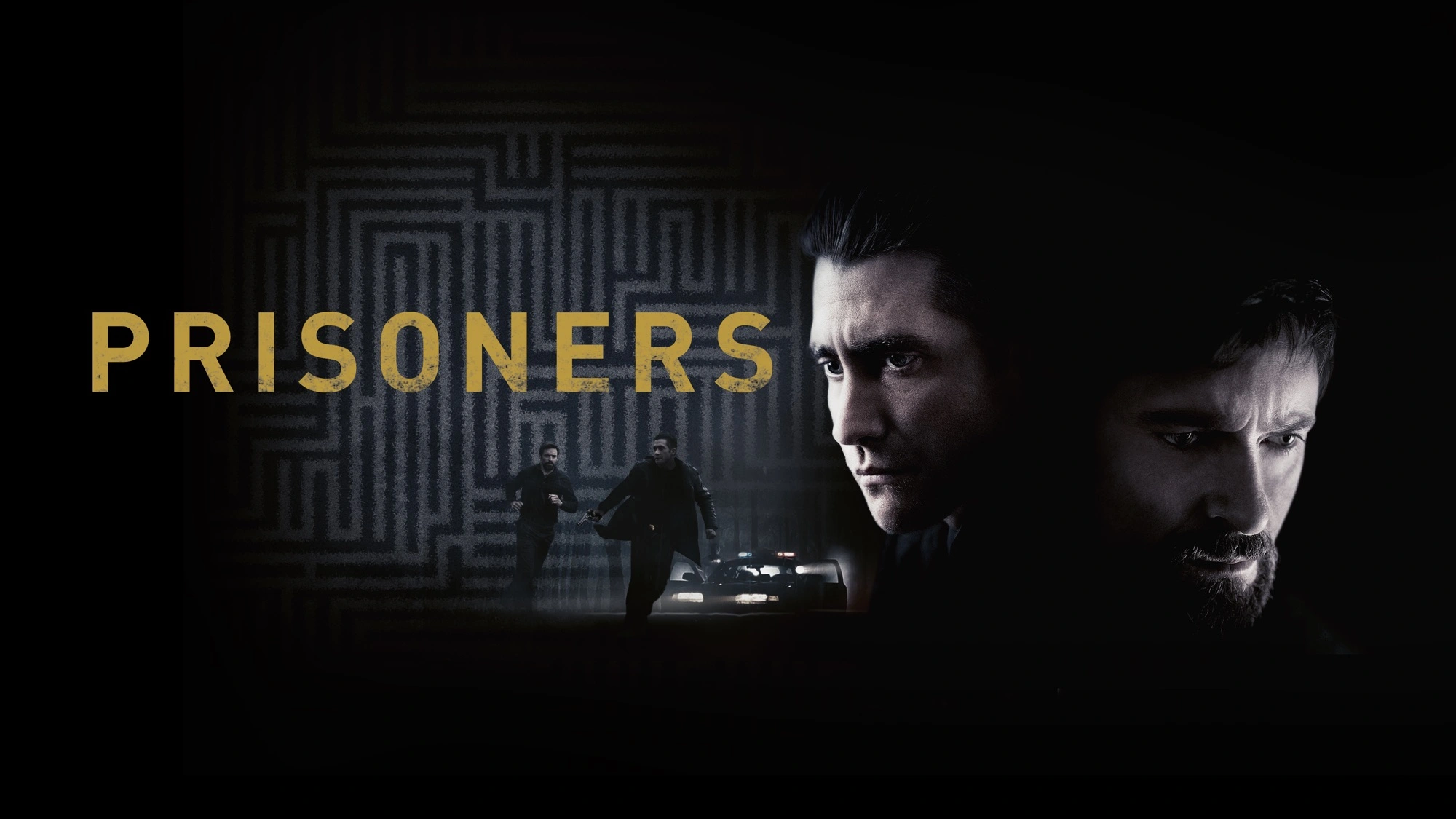Key Takeaways
- Discover how The Green Mile blends fiction with elements inspired by real-life events.
- Learn the significant differences between Stephen King’s novel and its film adaptation.
- Reflect on The Green Mile’s deeper themes of justice, redemption, and humanity.
Is There a True Story Behind John Coffey’s Character?
No, John Coffey’s character in The Green Mile isn’t based on a true story, but it draws strong parallels to real-life events, particularly the case of George Stinney from South Carolina. Like Stinney, Coffey faces a tragic and unjust execution by an electric chair despite his innocence. This connection reflects the harsh realities of racial injustice and wrongful convictions in the American legal system, especially in the 1930s.
How Does The Green Mile Differ From Stephen King’s Book?
Stephen King crafted The Green Mile with rich detail, but the 1999 adaptation by Frank Darabont introduces several changes. For example, Mr. Jingles’ fate and the inclusion of the “Top Hat” movie add layers to the narrative not found in the book. Additionally, the film omits a significant villain, Brad Dolan, whose presence adds depth to the book’s narrative about elder abuse and justice.
What Historical Events Inspired The Green Mile?
The Green Mile delves into the cultural and historical context of the American South in the 1930s, a period marked by racial injustice and the controversial use of the death penalty. Though the characters, including Paul Edgecomb and Percy Wetmore, are fictional, they serve to explore these universal themes and storytelling tropes, bringing attention to the era’s injustices.
Which Elements of Death Row in The Green Mile Are Fictional?
The depiction of death row at Cold Mountain Penitentiary and its correction officers, such as Paul Edgecomb, dealing with moral dilemmas around justice and the death penalty is a product of Stephen King’s imagination. John Coffey’s supernatural abilities and the narrative device of Mr. Jingles provide a fictional layer to the historical backdrop, highlighting King’s flair for blending reality with fantasy.
How Accurately Does The Green Mile Reflect Historical Injustice?
The Green Mile offers a semi-accurate portrayal of the racial injustice and flaws within the American legal system, using George Stinney Jr.’s case as an allegory. Stephen King uses the story to shed light on the cruelty and injustices faced by minorities, the poor, and the mentally impaired, echoing the historical reality of the time.
Why Did John Coffey Accept His Fate, and What Does It Mean?
Despite his innocence and supernatural strength, John Coffey’s acceptance of his fate speaks volumes about his character. His final smile and kindness in the face of death reflect his empathy towards the evil in the world and his desire for escape. Coffey’s character teaches us about compassion and justice, often lacking in the world.
How Are Supernatural Elements, Like Coffey’s Healing, Portrayed?
The Green Mile integrates supernatural elements into the narrative, such as John Coffey’s healing abilities. These abilities, along with Mr. Jingles’s resurrection, add a layer of fantasy that contrasts with the historical and moral dilemmas portrayed in the film, highlighting the themes of life, death, and redemption.
Does The Film’s Ending Differ From The Book, and What’s Its Significance?
Yes, The Green Mile’s ending in the film offers a slightly different take from Stephen King’s book, especially concerning Paul Edgecomb’s longevity and the fate of Mr. Jingles. The film’s bittersweet conclusion and the karmic justice theme emphasize the spiritual and moral questions raised, leaving a lasting impact on the audience about fate and justice in life.
What Controversies Surround The Green Mile?
The Green Mile has stirred discussions around the depiction of racial stereotypes, the death penalty, and the ethical implications of justice and punishment. Its in-depth exploration of these controversial issues has sparked debates about portraying injustice and compassion in the criminal justice system. This reflects Stephen King’s intent to provoke thought on social and racial minorities facing injustices.
What Legacy Has The Green Mile Left Behind?
Since its release, The Green Mile, directed by Frank Darabont and featuring Tom Hanks, Michael Clarke Duncan, and Sam Rockwell, has left an indelible mark on its audience. Its exploration of compassion, justice, and humanity amidst the backdrop of death row in Cold Mountain Penitentiary resonates deeply. The film’s impactful storytelling and memorable performances have ensured its place as a classic, continuing to evoke empathy and reflection on historical injustices.
My Review of The Green Mile as a Viewer
As someone who has spent time watching movies, I find The Green Mile to be a profound piece of cinema that masterfully intertwines Stephen King’s fictional narrative with historical elements of the 1930s American South. Frank Darabont’s adaptation brings to life King’s rich storytelling, universal themes, and empathetic characters like John Coffey, Paul Edgecomb, and even Percy Wetmore in a heartbreaking and uplifting way. The film’s bittersweet conclusion and exploration of karmic justice through supernatural elements like Coffey’s healing abilities provide a deeply moving experience long after the credits roll.
or more intriguing insights, check out “Real Stories Behind Movies” to discover the true events that inspired cinema’s most captivating tales.
Key Details and Insights on The Green Mile
| Release Date | December 10, 1999 |
| Director | Frank Darabont |
| Cinematography | David Tattersall |
| Cast | Tom Hanks, David Morse, Bonnie Hunt, Michael Clarke Duncan, James Cromwell, Michael Jeter, Graham Greene, Doug Hutchison, Sam Rockwell, Barry Pepper, Jeffrey DeMunn, Patricia Clarkson, Harry Dean Stanton |
| Rating | 8.6/10IMDb79%Rotten Tomatoes4/5Common Sense Media |
| Runtime | 189 minutes |
| Budget | $60 million |
| Box office | $286.8 million |
| platform Available On | Apple TV, Amazon Video, Google Play Movies, YouTube, Vudu, |
The source facts and figures are taken from the Wikipedia Page




